Noiascape’s refined co-living digs for generation rent in London
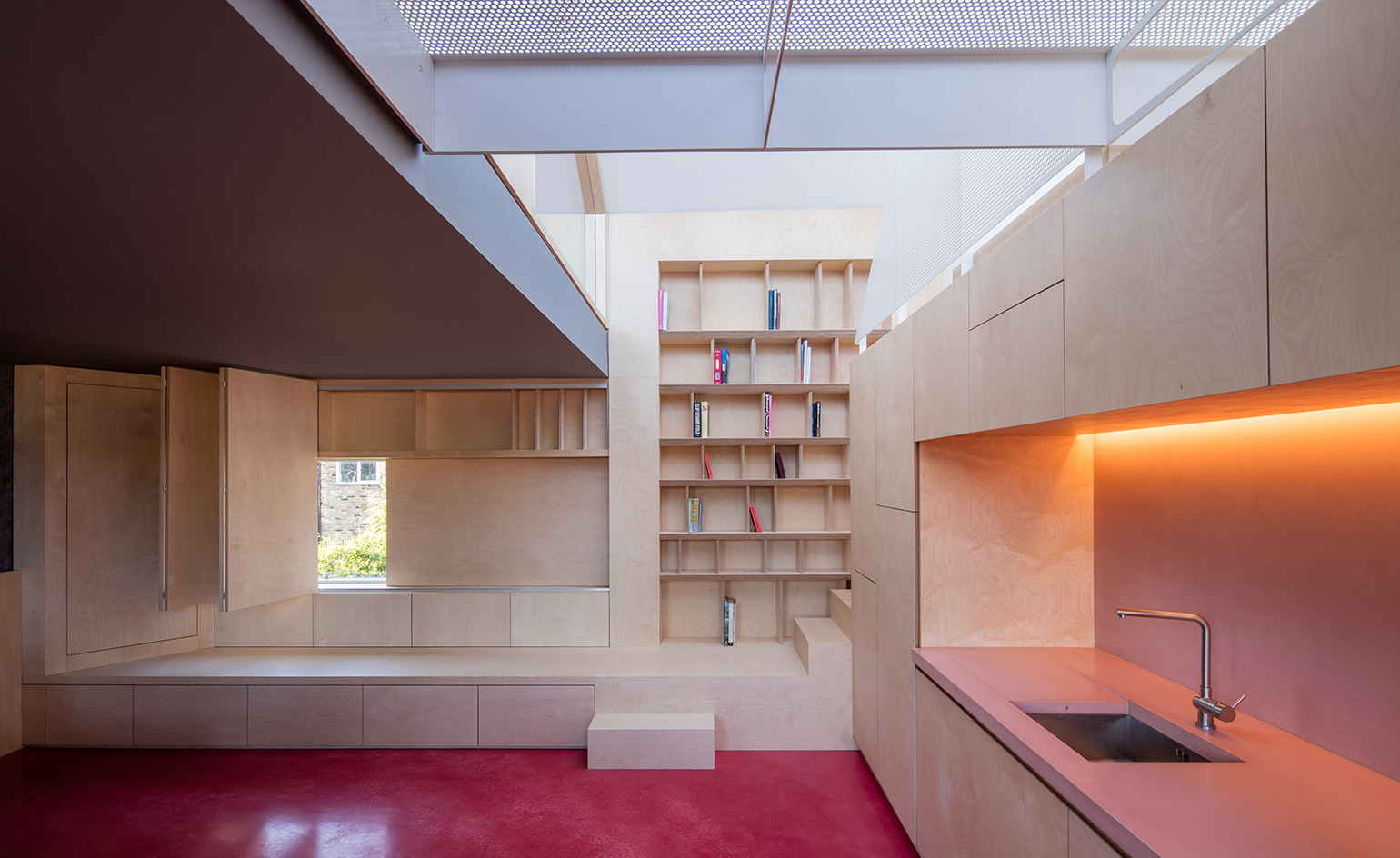
London-based design and development studio Noiascape has principles that date back to the Victorian era. Brothers and architects Tom and James Teatum, the founders of Noiascape, list public libraries, bath houses, parks and civic spaces as some of the first examples of the shared economy – ‘We want to re-engage with this view of urban space,’ they say.
The Teatum brothers, who grew up in West London with a father who worked as a builder and an aunt who ran a local pub, are familiar with the ever-evolving London residential scene. Their studio, Noiascape, produces well-designed mixed-use buildings and a range of co-rental spaces across London that are aimed at ‘generation rent’.
The Garden House is designed for the co-living lifestyle. It’s a rental property – part of Noiscape’s growing portfolio – that they designed, developed and also manage. For the Teatums, co-living is a facet of their mantra of ‘modern living’: ‘We consider modern living as a mix of an efficient infrastructure, a flexible spatial organisation that can be adapted, and a level of service that allows our tenants to focus on enjoying the spaces.’
They reorganised an existing mews house in Hammersmith, completely redesigning the interior structure to create central double-height spaces, a study space in a new roof level and a long garden room space.
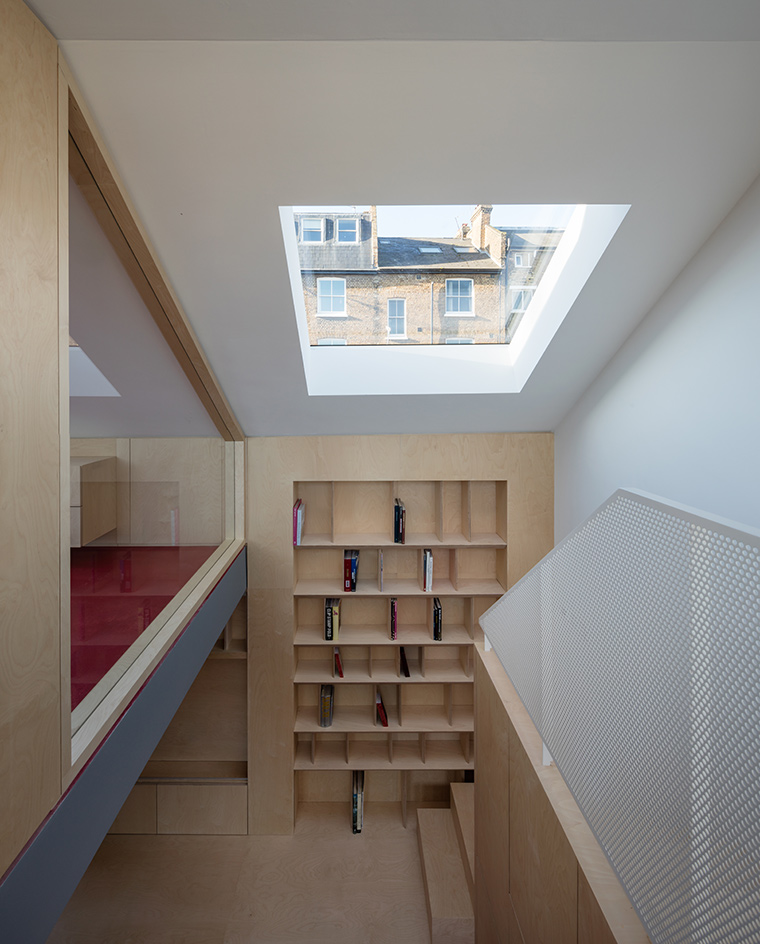
The double-height living space encourages tenants to spend time at home.
Instead of isolating renters into a box room, the house is carefully configured to encourage social interactions and the option to comfortably work from home. One unconventional move was to invert the living and bedroom spaces: ‘By placing the living space at first floor and second floor, we could create double-height spaces that were top and side lit – triple aspect spaces change in daylight quality through the day, they are more animated compared to single aspect.’
Exposed materiality – from the cast concrete walls, to the birch joinery and coloured floors – brings a unified personality to the home and encourages renters to use and enjoy space. ‘Considered architecture will always engage and be a reason to enjoy experiencing space,’ say the architects, whose aim is to resist ‘monocultures’ and bring living, working and social space together, as part of their ‘City in a Building’ concept which they bring to all their schemes.
‘We place social and cultural exchange as the generator of the project’, they say. This spring, Noiascape will break ground on their ‘High Street House’ that consists of 12 residential studios to rent, above a new gallery and residents lounge with communal facilities in Shepherds Bush, London.
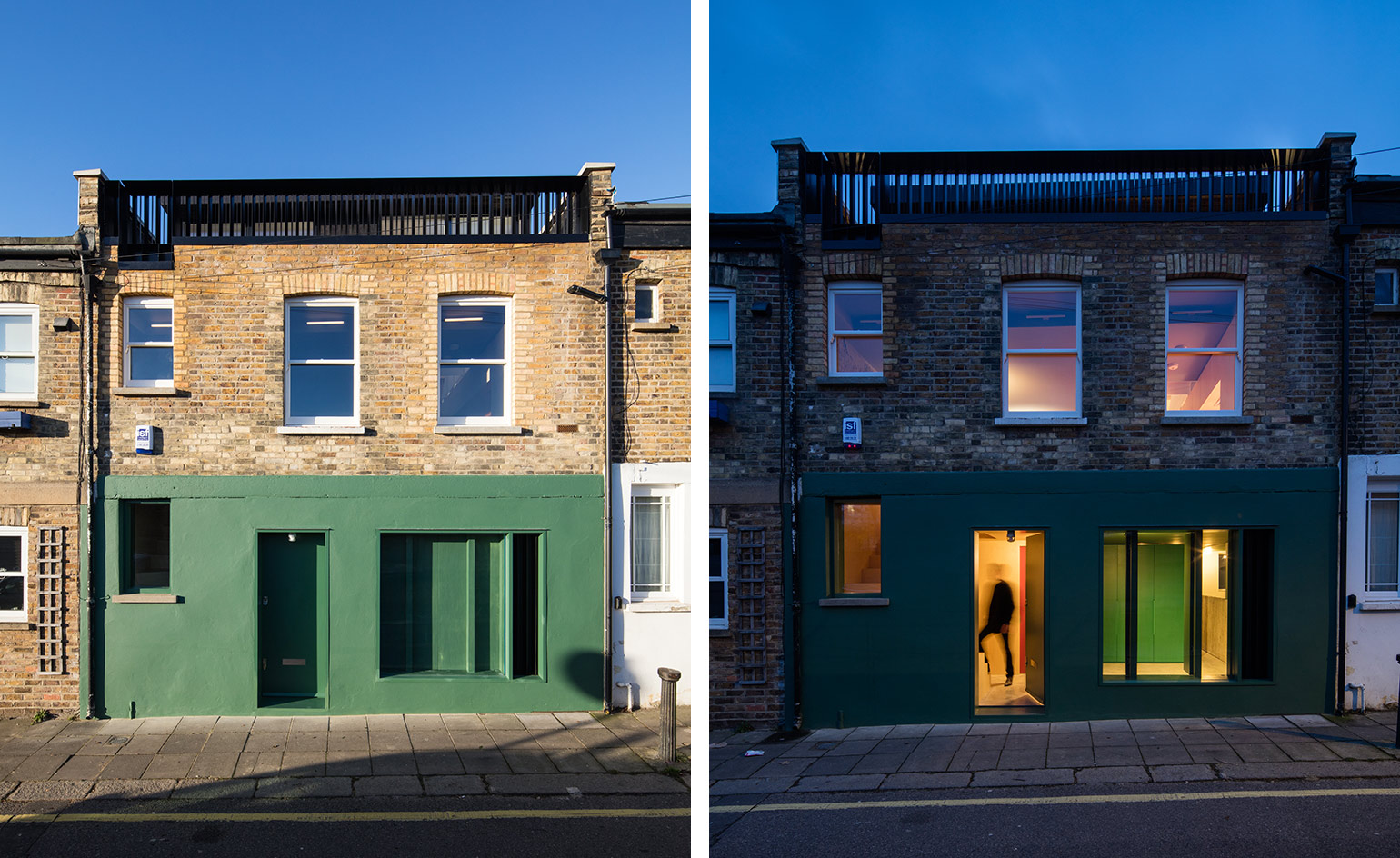
The architects reorganised an existing mews house in Hammersmith, completely redesigning the interior structure to create central double height spaces
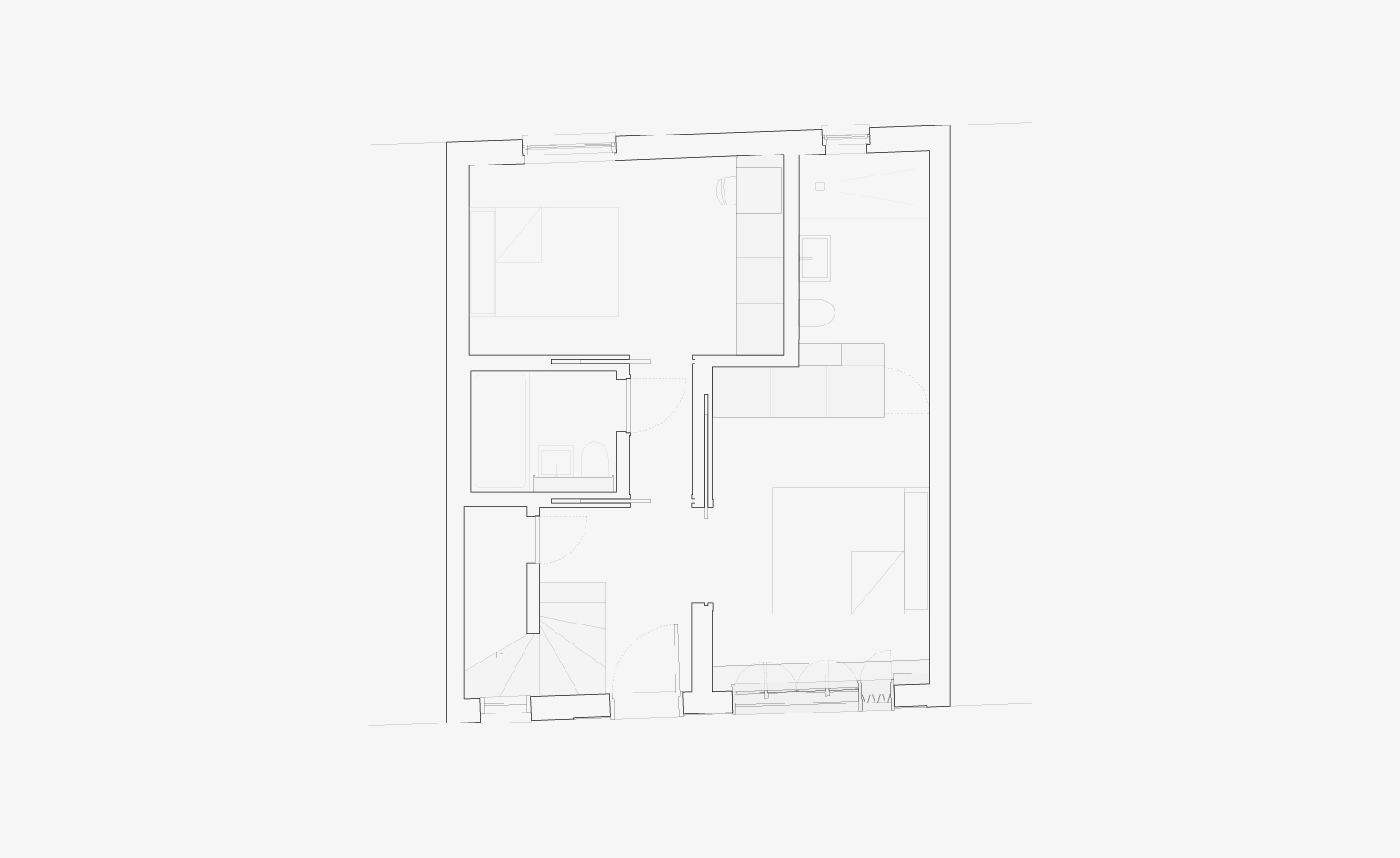
The ground floor plan features two bedrooms, challenging the convention notions of the plan of a typical London terraced house
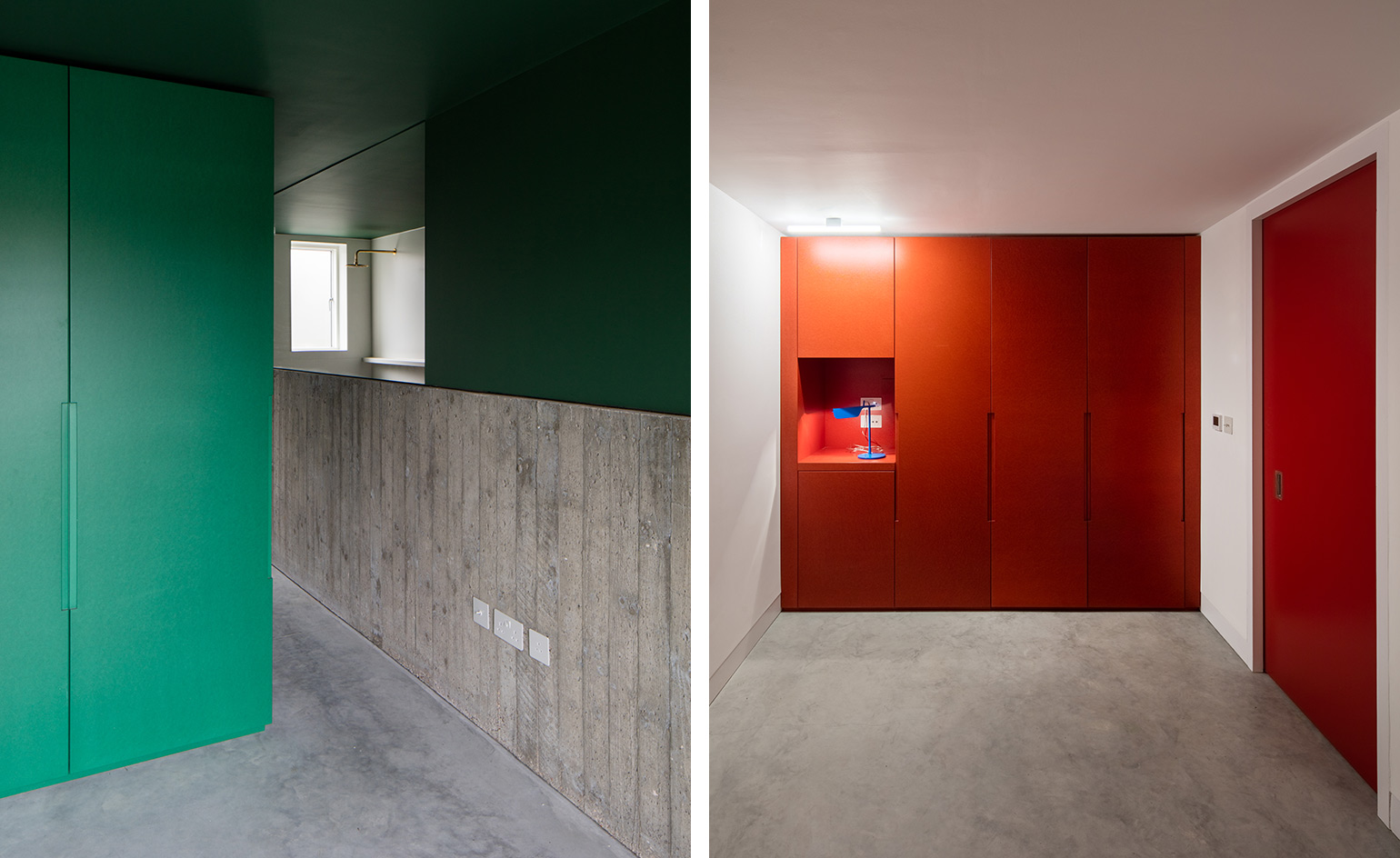
Colour and cast concrete walls bring a unified personality to the home and encourage renters to use and enjoy space at home
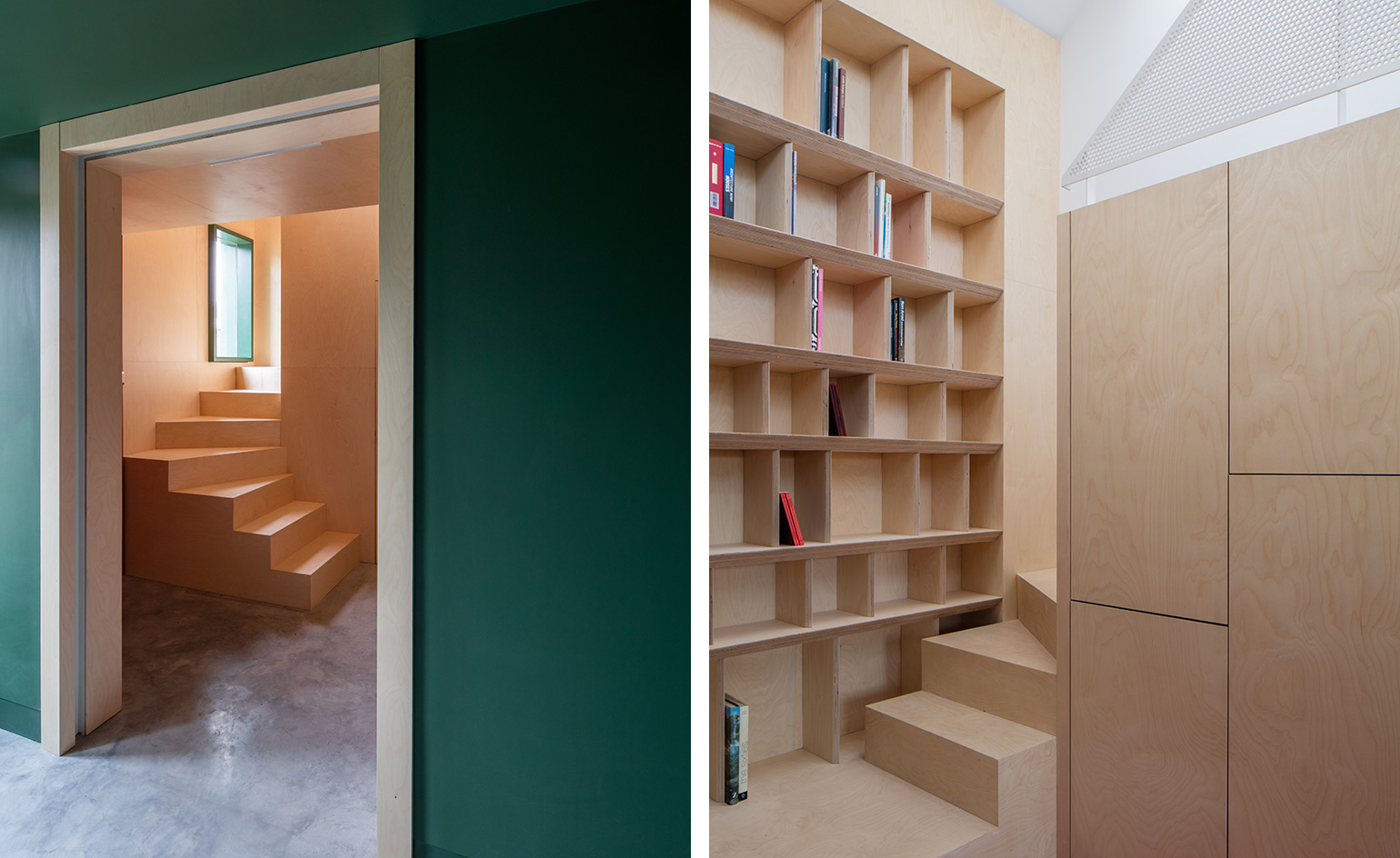
Birch joinery allows inbuilt storage to be developed into the architecture of the house
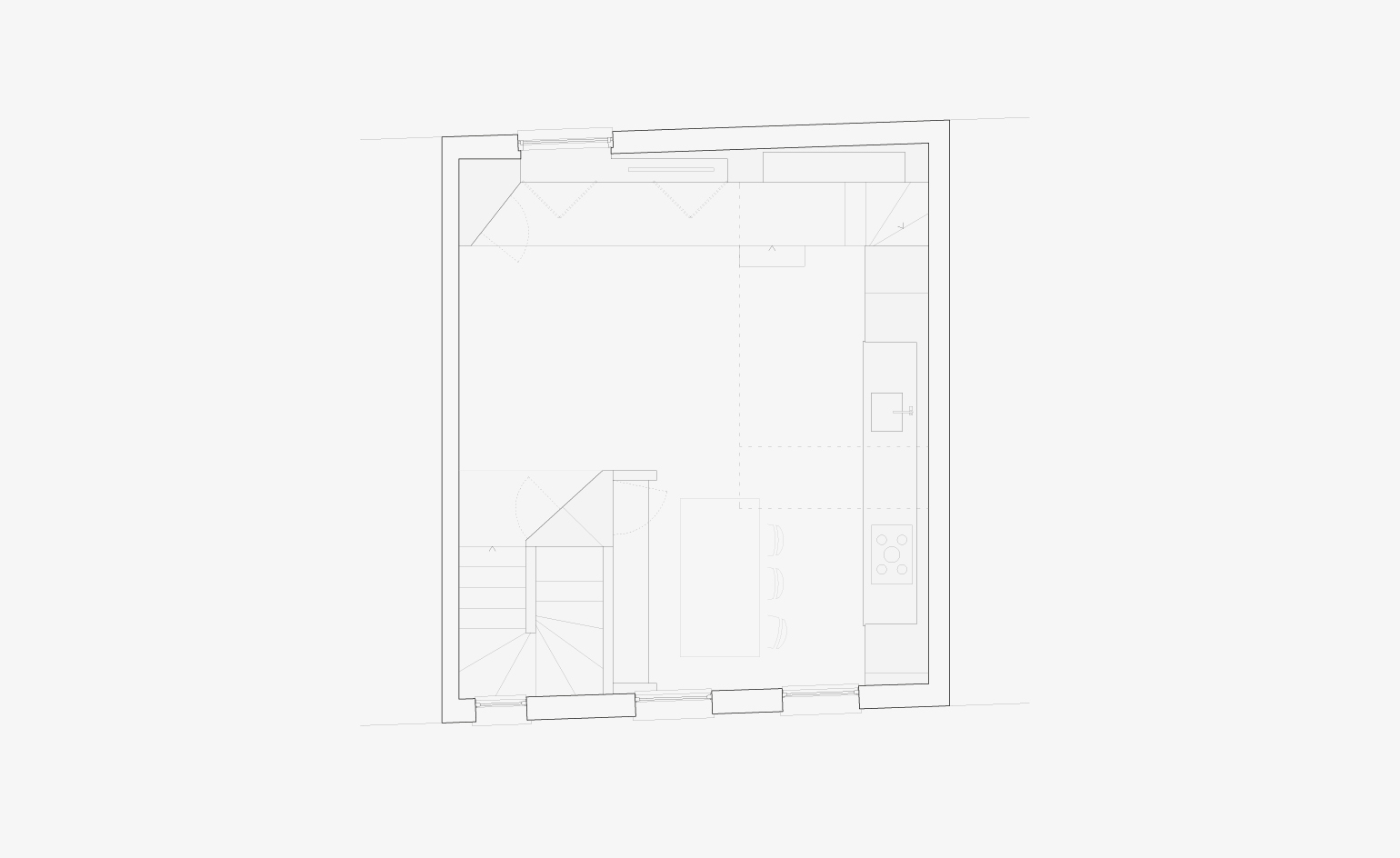
The first floor plan of the Garden House designed by Noiascape

The birch joinery brings soft materiality to the kitchen units
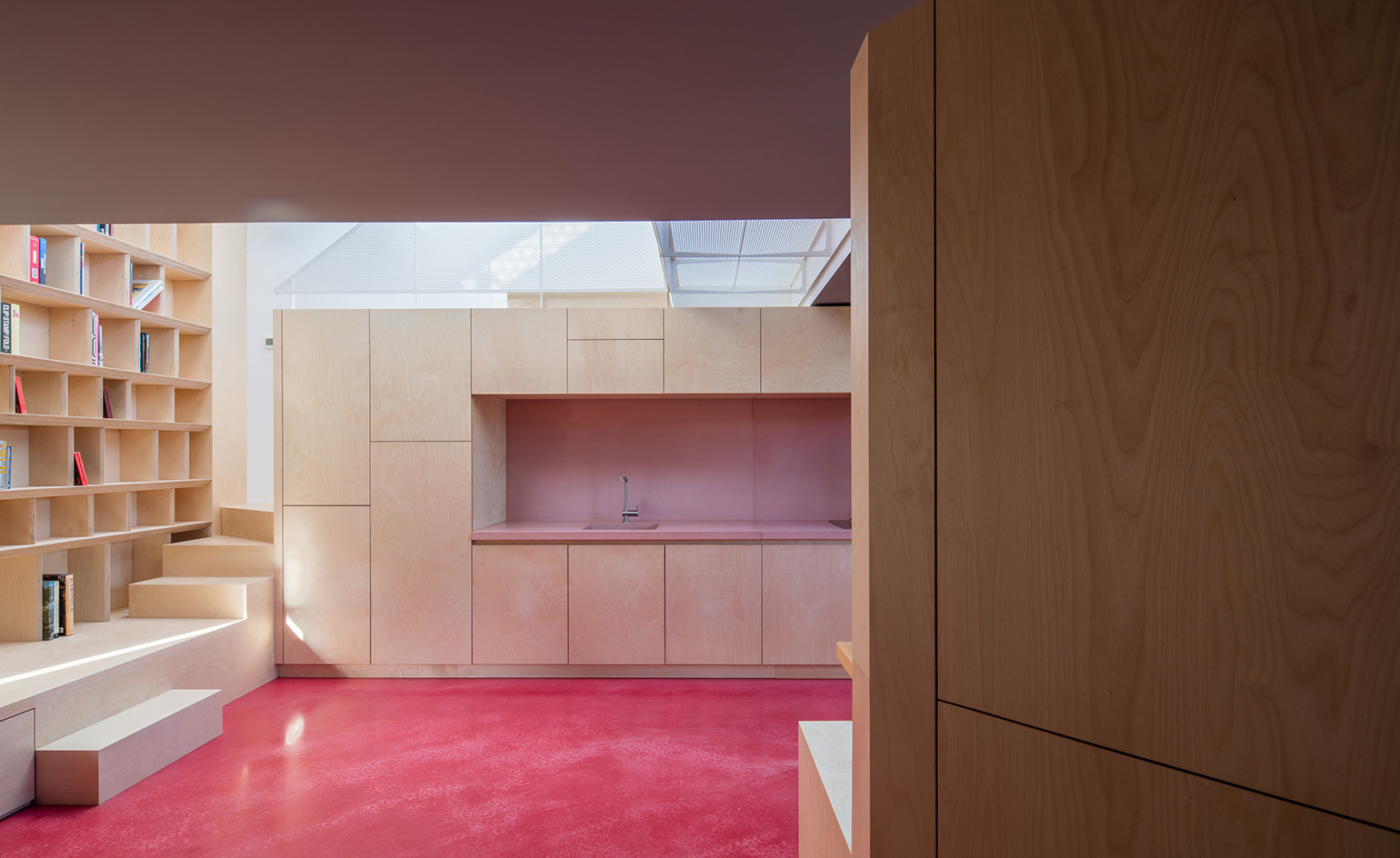
The first floor opens up into a double-height space
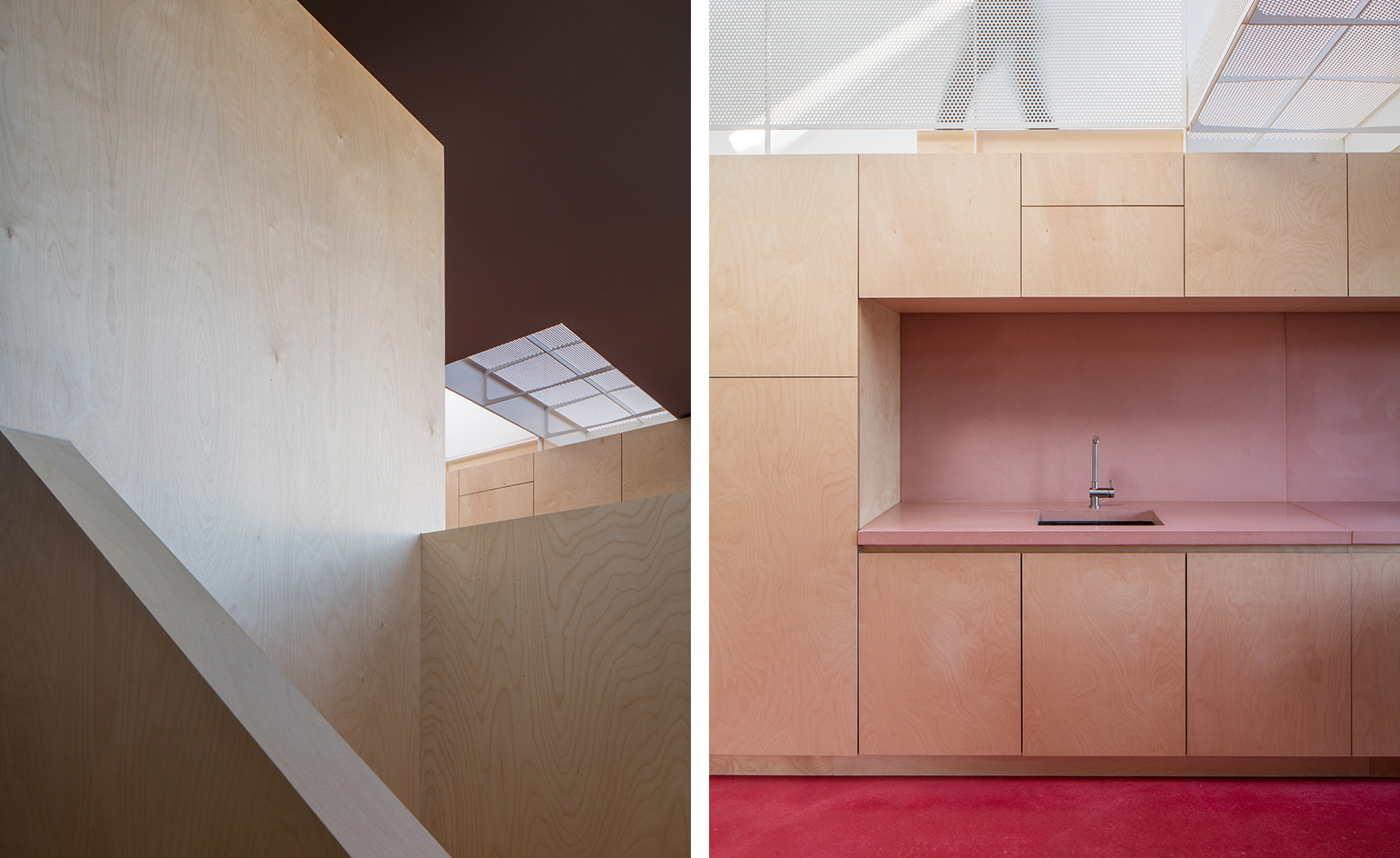
The staircase is also constructed of birch joinery
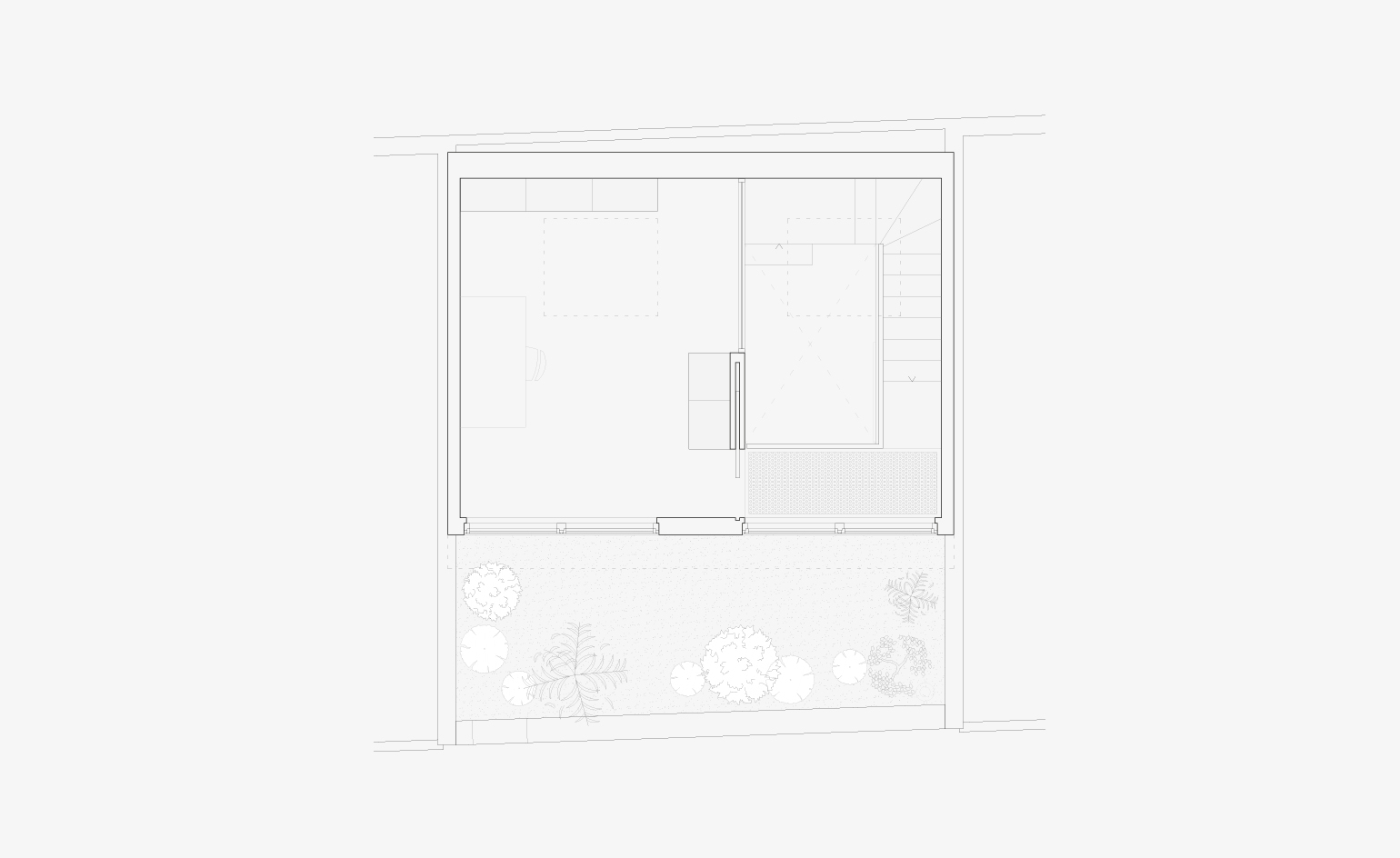
The second floor plan features working spaces and a terrace

Daylight from the second floor filters into the double-height space
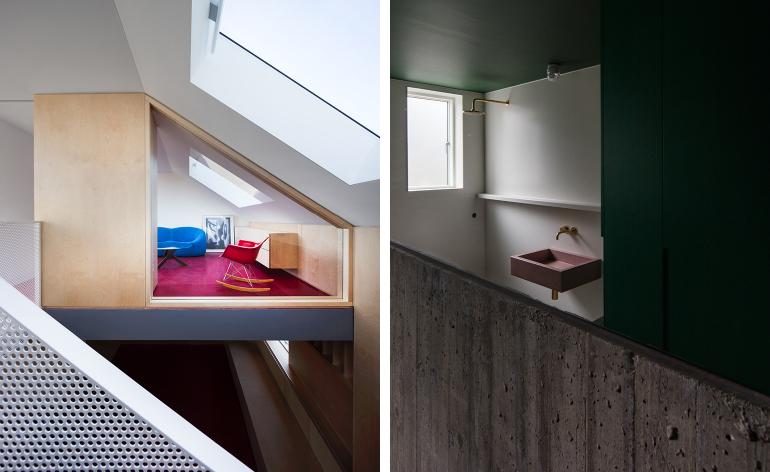
The study space that allows tenants to work from home
INFORMATION
For more information visit the Noiascape website
Receive our daily digest of inspiration, escapism and design stories from around the world direct to your inbox.
Harriet Thorpe is a writer, journalist and editor covering architecture, design and culture, with particular interest in sustainability, 20th-century architecture and community. After studying History of Art at the School of Oriental and African Studies (SOAS) and Journalism at City University in London, she developed her interest in architecture working at Wallpaper* magazine and today contributes to Wallpaper*, The World of Interiors and Icon magazine, amongst other titles. She is author of The Sustainable City (2022, Hoxton Mini Press), a book about sustainable architecture in London, and the Modern Cambridge Map (2023, Blue Crow Media), a map of 20th-century architecture in Cambridge, the city where she grew up.
-
 Terrified to get inked? This inviting Brooklyn tattoo parlour is for people who are 'a little bit nervous'
Terrified to get inked? This inviting Brooklyn tattoo parlour is for people who are 'a little bit nervous'With minty-green walls and an option to 'call mom', Tiny Zaps' Williamsburg location was designed to tame jitters
-
 Let’s hear it for the Chopard L.U.C Grand Strike chiming watch
Let’s hear it for the Chopard L.U.C Grand Strike chiming watchThe Swiss watchmaker’s most complicated timepiece to date features an innovative approach to producing a crystal-clear sound
-
 Form... and flavour? The best design-led restaurant debuts of 2025
Form... and flavour? The best design-led restaurant debuts of 2025A Wallpaper* edit of the restaurant interiors that shaped how we ate, gathered and lingered this year
-
 Arbour House is a north London home that lies low but punches high
Arbour House is a north London home that lies low but punches highArbour House by Andrei Saltykov is a low-lying Crouch End home with a striking roof structure that sets it apart
-
 A former agricultural building is transformed into a minimal rural home by Bindloss Dawes
A former agricultural building is transformed into a minimal rural home by Bindloss DawesZero-carbon design meets adaptive re-use in the Tractor Shed, a stripped-back house in a country village by Somerset architects Bindloss Dawes
-
 RIBA House of the Year 2025 is a ‘rare mixture of sensitivity and boldness’
RIBA House of the Year 2025 is a ‘rare mixture of sensitivity and boldness’Topping the list of seven shortlisted homes, Izat Arundell’s Hebridean self-build – named Caochan na Creige – is announced as the RIBA House of the Year 2025
-
 In addition to brutalist buildings, Alison Smithson designed some of the most creative Christmas cards we've seen
In addition to brutalist buildings, Alison Smithson designed some of the most creative Christmas cards we've seenThe architect’s collection of season’s greetings is on show at the Roca London Gallery, just in time for the holidays
-
 In South Wales, a remote coastal farmhouse flaunts its modern revamp, primed for hosting
In South Wales, a remote coastal farmhouse flaunts its modern revamp, primed for hostingA farmhouse perched on the Gower Peninsula, Delfyd Farm reveals its ground-floor refresh by architecture studio Rural Office, which created a cosy home with breathtaking views
-
 A revived public space in Aberdeen is named Scotland’s building of the year
A revived public space in Aberdeen is named Scotland’s building of the yearAberdeen's Union Terrace Gardens by Stallan-Brand Architecture + Design and LDA Design wins the 2025 Andrew Doolan Best Building in Scotland Award
-
 The Architecture Edit: Wallpaper’s houses of the month
The Architecture Edit: Wallpaper’s houses of the monthFrom wineries-turned-music studios to fire-resistant holiday homes, these are the properties that have most impressed the Wallpaper* editors this month
-
 A refreshed 1950s apartment in East London allows for moments of discovery
A refreshed 1950s apartment in East London allows for moments of discoveryWith this 1950s apartment redesign, London-based architects Studio Naama wanted to create a residence which reflects the fun and individual nature of the clients